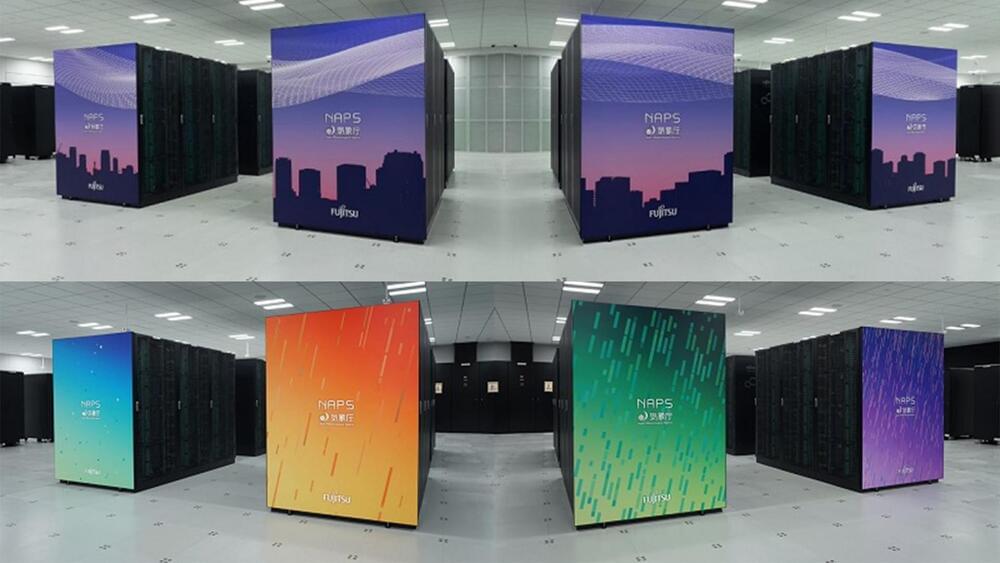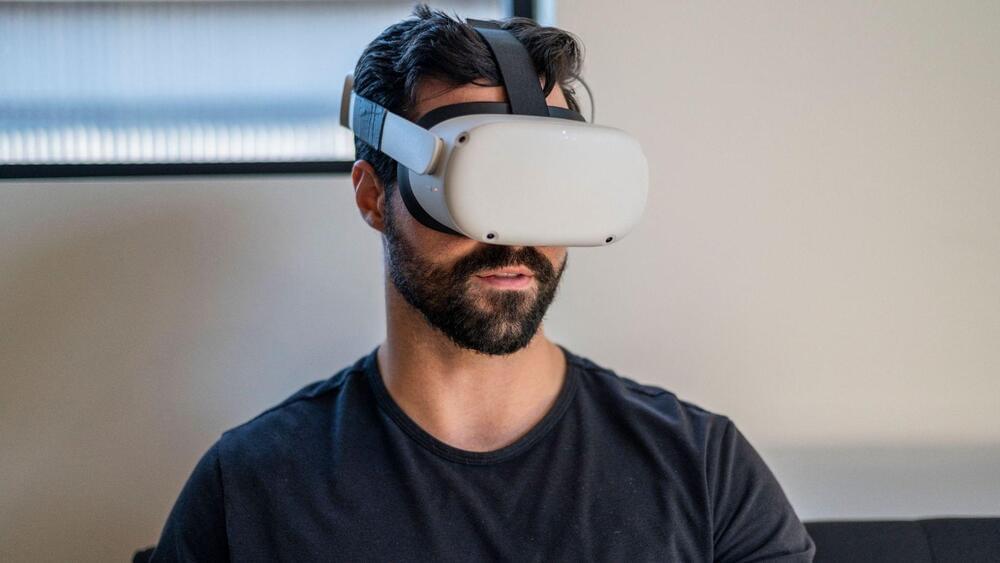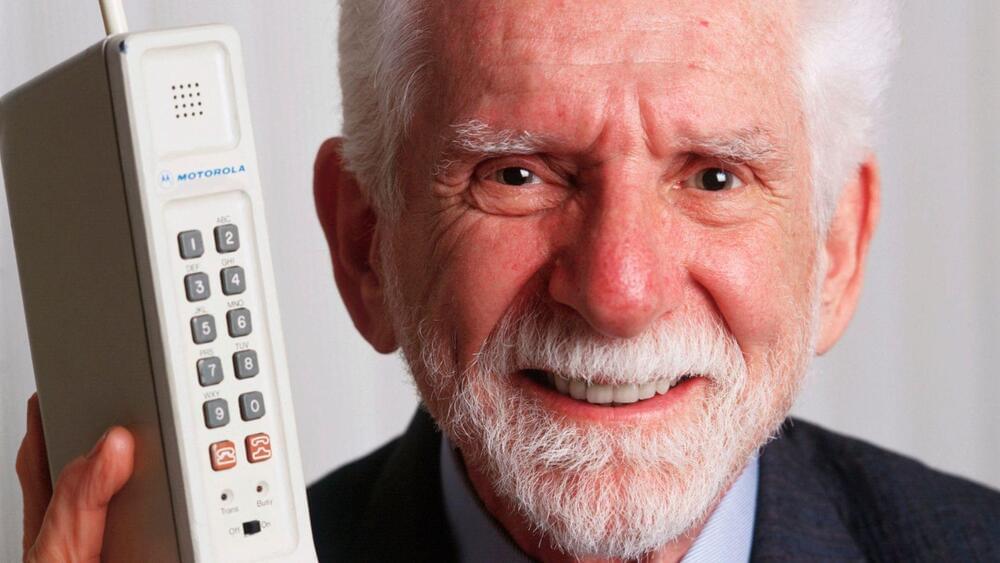Chainlink, a web3 services platform, is launching a self-service, serverless platform to help developers connect their decentralized applications (dApps) or smart contracts to any Web 2.0 API, the company exclusively told TechCrunch.
The new platform, Chainlink Functions, also lets builders run customizable computations on Web 2.0 APIs within minutes through its network, Kemal El Moujahid, chief product officer at Chainlink Labs, told TechCrunch.
“Our goal is to enable developers to combine the best of web3 smart contracts with the power of Web 2.0 APIs,” El Moujahid said. “What this creates is a massive opportunity to build apps that combine the best of smart contracts and Web 2.0.”






